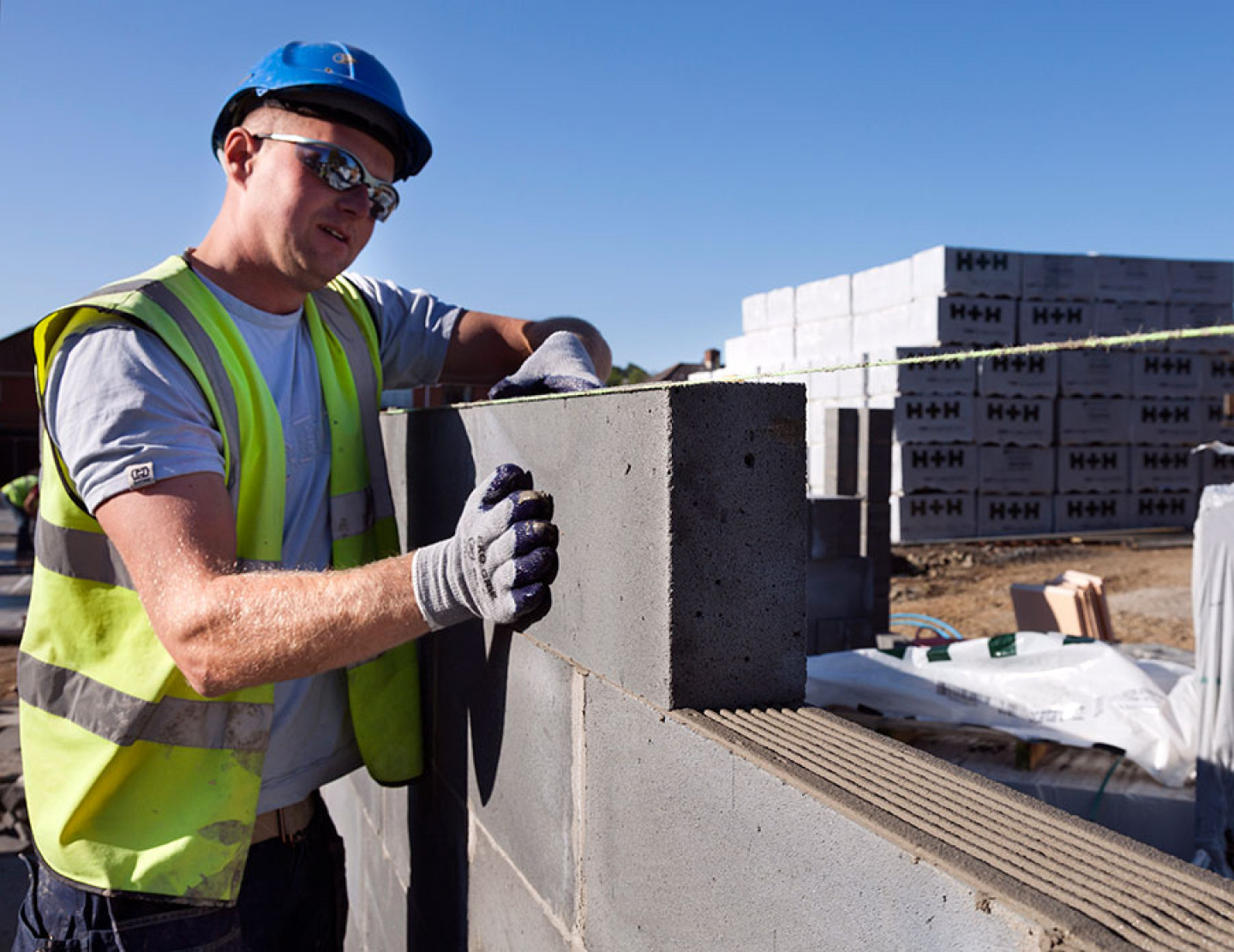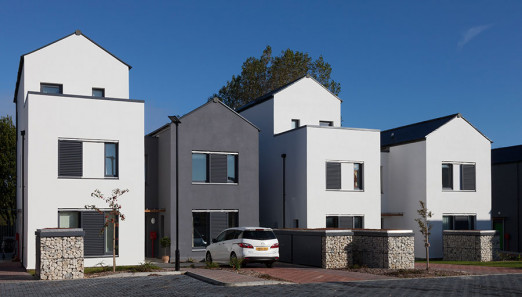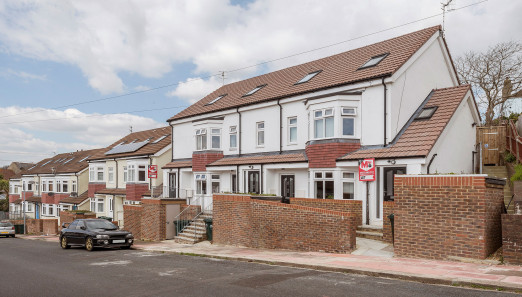While tradition still characterises the UK construction sector, competition for business is fierce and contractors are regularly turning to more modern methods of construction to get ahead. Cliff Fudge explains how the Thin-Joint System has been revolutionary for building contractors.
Traditional masonry materials are the building blocks of the UK, trusted by builders and home owners alike as sturdy and reliable building components. The durability of masonry, both in the form of bricks and blocks, has meant that it has remained the preferred building material for the majority of architects and contractors for decades.
When it comes to laying blocks there are two options: the ubiquitous traditional method and thin-joint mortar system, a relatively new method on the UK scene but one that is having a huge impact on project delivery times. Thin-joint mortar has been used on the continent for decades and contractors who have implemented the system have been impressed by its ease of application and speed of delivery.
One of the major contributing factors to the Thin-Joint System’s appeal is that the mortar joints between blockwork are reduced from the traditional 10mm to a mere 2mm. This has been accomplished with the use of Celfix Mortar, a specially designed cement based mortar used to replace traditional sand:cement mix.

Celfix Mortar is supplied to site in dry, pre-mixed bags for easy use by applicators. The simple addition of water creates the mortar which, when applied using a specialised ‘scoop’, creates a consistent 2mm mortar bed required for thin-joint block laying. By reducing the joint size between blocks it has essentially reduced the drying, or going-off time enabling applicators to produce larger portions of the blockwork faster than using traditional methods. While the wet mortar remains in a workable state for a few hours prior to application, on contact with the aircrete it begins to set within 10 minutes and reaches full design strength in just a few hours.
When used with larger format block sizes, the Thin-Joint System can deliver a weather-tight shell within days allowing secondary contractors such as electricians to begin work sooner, saving time and operation costs.
Adding to the benefits of Celfix Mortar on site is its ability to be used at a lower temperature than the traditional sand:cement mix. Rigorous work by our Research and Development department has meant that the thin-joint mortar can now be applied from 0°C and rising, a full degree lower than traditional mortar systems. This characteristic, approved by the NHBC, has allowed contractors to extend their working days by beginning work sooner and remaining onsite longer during the colder winter months, very important in the UK.
Conscious of the numerous benefits of combining the Thin-Joint System, Celfix Mortar and aircrete, architects responsible for the recent and ambitious Passivhaus project on the Isle of Wight, PCKO Architects, opted for the system to ensure they meet the required standards.
The Cameron Close project in the rural village of Freshwater is a scheme of 28 affordable homes designed and built to Passivhaus standard. Comprising 16 semi-detached houses and 12 sheltered apartments, the development provides new homes for the Southern Housing Group. All of the homes were constructed using H+H Celcon Blocks and the H+H Thin-Joint System using Celfix Mortar.
Andrew Ogozalek, director of PCKO Architects said that the Thin-Joint System proved to be a very smart method of construction that provided a clean, nice and fast build. Block laying was carried out by two gangs of four bricklayers from building contractors Stoneham Construction. Not having used this method of construction previously, contractors were given all the support necessary to accomplish the build and meet the specifications. David Harris, director of Stoneham Construction said that the new method didn’t pose any problems for his team but in fact the blockwork went into place 20% faster than had they used the traditional system and dense concrete blocks.
Airtightness is a key factor when designing and building to Passivhaus standard and thin-joint blockwork assists in minimising air infiltration. Achieving Passivhaus requires an exacting and meticulous approach and using masonry, in this case aircrete, meant that the construction process was simplified. Mr Harris agreed also saying that the reduction in joint size meant that life was a lot easier when achieving the required airtightness. The Cameron Close project achieved an airtightness of 0.6 air changes per hour at 50Ps and an average external wall U-Value of 0.08W/m2K for the houses and 0.11W/m2K for the apartments.
This is just one of the many projects that has recently benefited from the use of this revolutionary modern method of construction. In most cases, the full system is helping to severely reduce build time and operation costs by increasing the efficiency of building works on site. As Building Regulations continue to tighten the way we build energy efficient homes in the UK, we believe that the Thin-Joint System is ideal to provide the perfect balance between innovation and tradition assisting architects and contractors build better homes for the future.
- Cliff Fudge, Technical Director at H+H the leading manufacturer of aircrete products in the UK



.jpg)